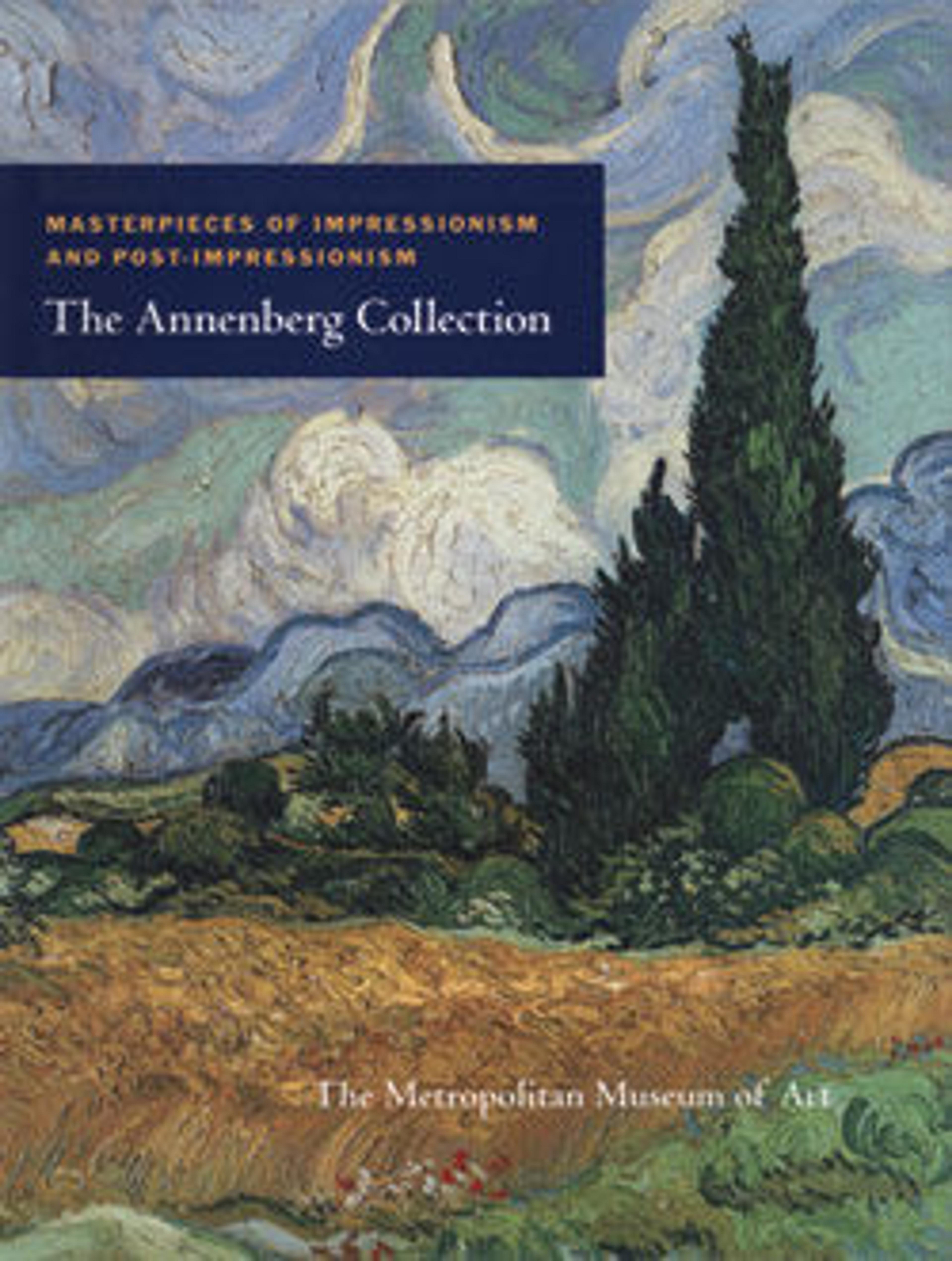Antoine Dominique Sauveur Aubert (born 1817), the Artist's Uncle, as a Monk
In the fall of 1866 Cézanne painted nine portraits of his maternal uncle, Dominique Aubert. The forty-nine-year-old bailiff indulged his nephew with multiple sittings and agreed to pose in various costumes. Whereas he is shown here in the habit of a Dominican monk, in another likeness (53.140.1) he wears a tasseled cap and robe.
In the mid-1860s the young Cézanne applied paint thickly with a palette knife in emulation of his hero Courbet.
In the mid-1860s the young Cézanne applied paint thickly with a palette knife in emulation of his hero Courbet.
Artwork Details
- Title: Antoine Dominique Sauveur Aubert (born 1817), the Artist's Uncle, as a Monk
- Artist: Paul Cézanne (French, Aix-en-Provence 1839–1906 Aix-en-Provence)
- Date: 1866
- Medium: Oil on canvas
- Dimensions: 25 5/8 x 21 1/2 in. (65.1 x 54.6 cm)
- Classification: Paintings
- Credit Line: The Walter H. and Leonore Annenberg Collection, Gift of Walter H. and Leonore Annenberg, 1993, Bequest of Walter H. Annenberg, 2002
- Object Number: 1993.400.1
- Curatorial Department: European Paintings
More Artwork
Research Resources
The Met provides unparalleled resources for research and welcomes an international community of students and scholars. The Met's Open Access API is where creators and researchers can connect to the The Met collection. Open Access data and public domain images are available for unrestricted commercial and noncommercial use without permission or fee.
To request images under copyright and other restrictions, please use this Image Request form.
Feedback
We continue to research and examine historical and cultural context for objects in The Met collection. If you have comments or questions about this object record, please contact us using the form below. The Museum looks forward to receiving your comments.
